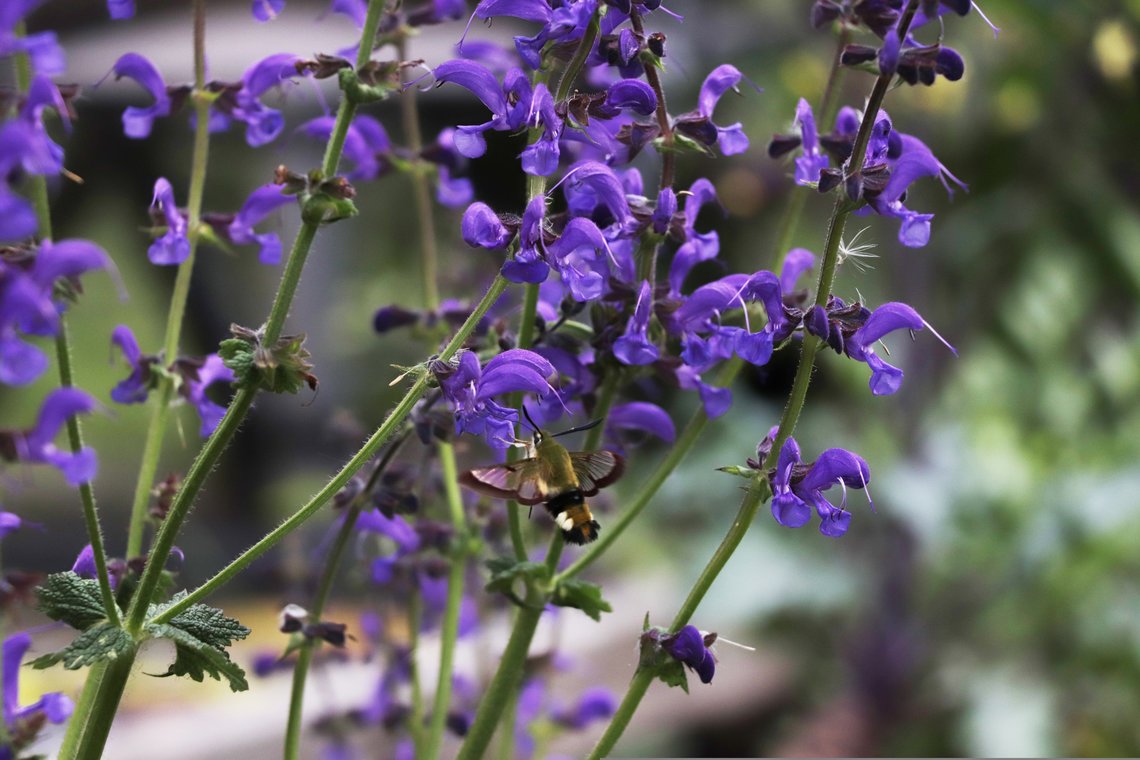Growth form: Shallow-rooted perennial, grows between 10 and 30 cm tall.
Leaves: Cross-opposite, kidney-shaped to roundish-heart-shaped with blunt or pointed leaf tips. The leaf edge is coarsely crenate
Flowers: purple, pink, lipped or tubular, labiate
Flowering time: March, April, May
Fruits: single-seeded decaying fruits, these are four-part and initially still surrounded by the remains of the calyx.
Habitat: Prefers sunny to semi-shady locations, on moist and nutrient-rich soils.
Occurrence: Europe with a focus on Central Europe, and in parts of Asia; in New Zealand, the USA and Canada, the ground ivy was introduced by humans
Medicinal use: Treatment of liver diseases and jaundice. The medicinal plant was also used for chronic coughs and colds, eye diseases, hard-to-heal and festering wounds and as a diuretic and antipyretic.
Ingredients: essential oil, tannins, bitter substances, minerals such as potassium, lots of vitamin C, alkaloids (hederacin) and secondary plant substances such as phenolic acids, flavonoids and saponins.
Application: Can be used as a tea, tincture, juice, bath additive, miracle leaf oil or the herb boiled in milk.
Special features
Glechoma hederacea stimulates the metabolism and, thanks to its essential oils, is helpful for chronic bladder and kidney diseases and, when brewed as a tea, has a soothing effect on liver problems, abscesses, tumors and eye problems.
Side effects: None known.
Interesting facts:
In the Middle Ages it was highly valued as a wound herb, especially for purulent wounds. The Old High German "gund" in the name refers to this, which means "pus" or "ulcer" and suggests the plant's ancient field of application.
Ecological significance:
Insects use ground ivy as a nectar plant. Aurora butterflies and lemon butterflies as well as green veined white butterflies and rape white butterflies like to suck nectar from ground ivy. Ground ivy is also a particularly popular bee pasture.


